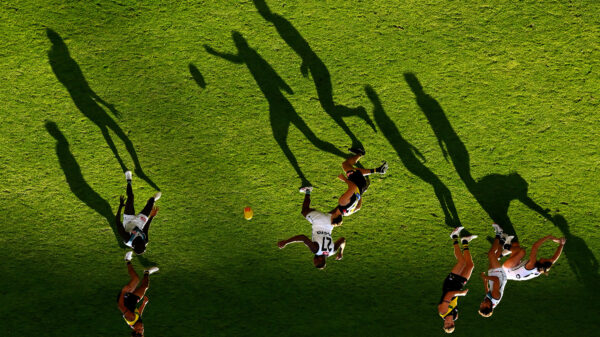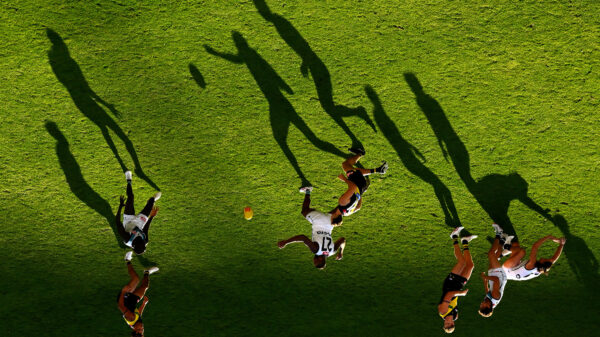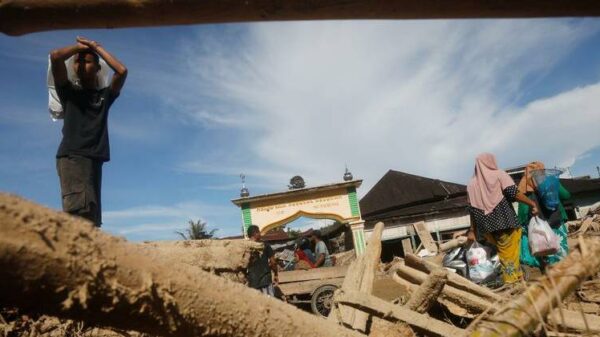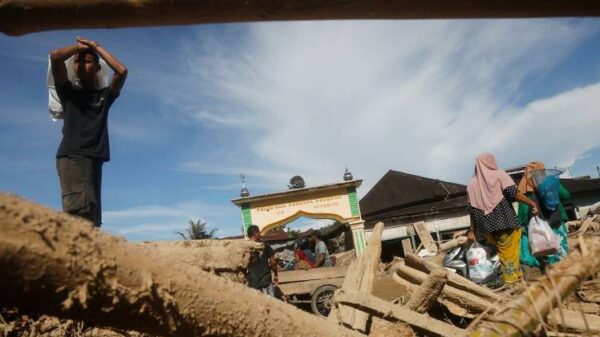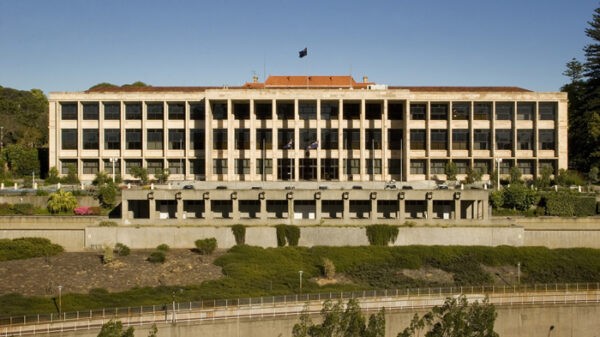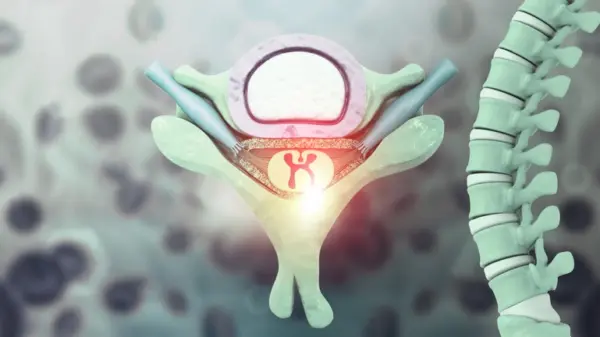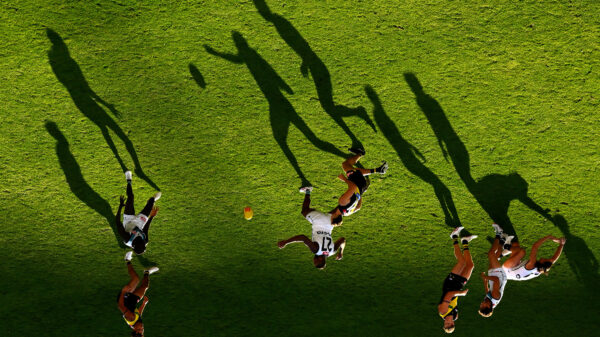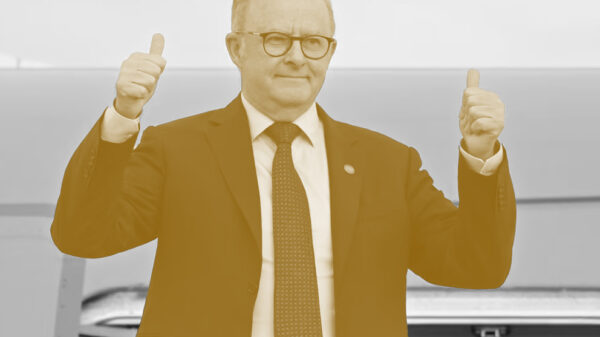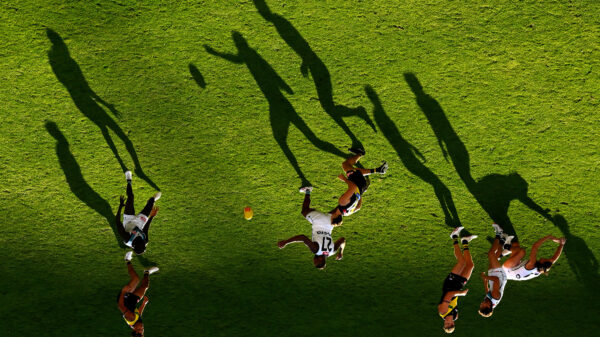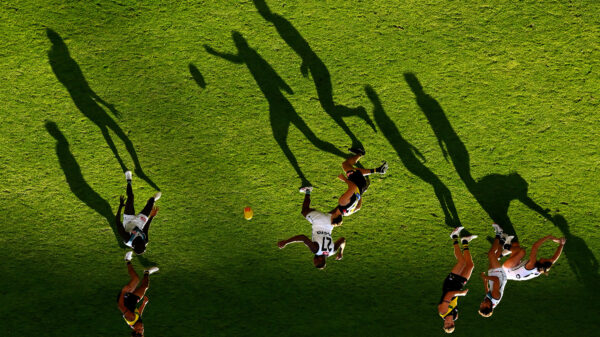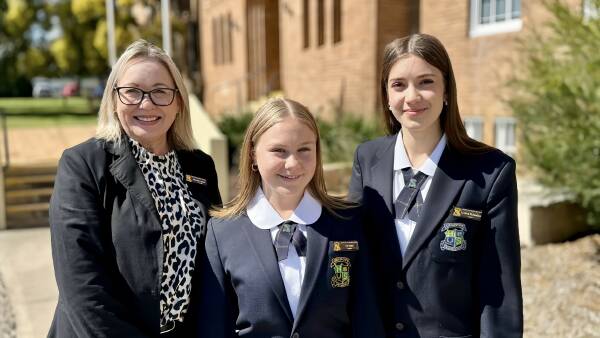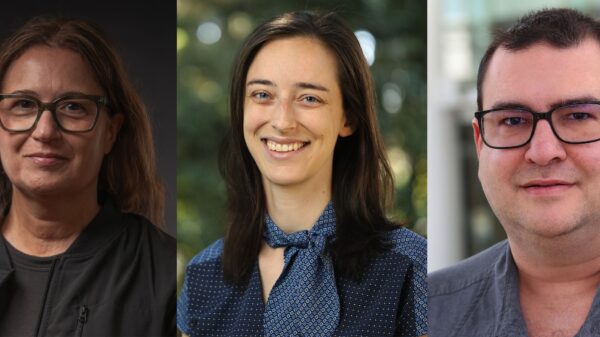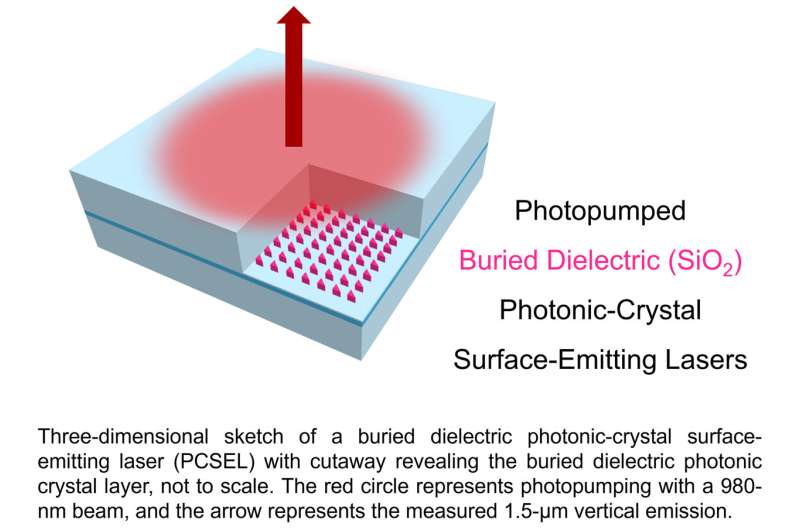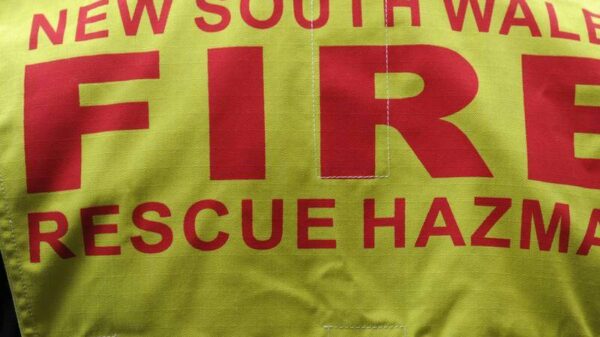In a groundbreaking achievement, researchers from the University of Illinois Urbana-Champaign have successfully demonstrated room-temperature lasing in a photonic-crystal surface-emitting laser (PCSEL). This innovation, published on July 12, 2025, in the IEEE Photonics Journal, marks a significant advancement in laser technology, particularly for applications in defense and remote sensing.
The research comes from the lab of Kent Choquette, a professor of electrical and computer engineering who has long explored vertical-cavity surface-emitting lasers (VCSELs). These lasers are widely utilized in everyday technologies, including smartphones and barcode scanners. However, the focus shifted in early 2020 when Choquette’s team became intrigued by pioneering work from Japanese researchers on PCSELs. These newer semiconductor lasers utilize a photonic crystal layer to generate beams characterized by high brightness and precise spot sizes.
PCSELs hold promise for various defense applications, especially in technologies like LiDAR, which is essential for battlefield mapping and target tracking. With funding from the Air Force Research Laboratory, Choquette’s team aimed to explore this innovative technology further and contribute to its industrial development.
Graduate student Erin Raftery, the lead author of the study, emphasized the importance of PCSELs, stating, “We believe PCSELs will be extremely important in the future. They just haven’t reached industrial maturity yet, and we wanted to contribute to that.”
Traditionally, PCSELs are fabricated using air holes embedded within the device, but this method often leads to structural integrity issues during the semiconductor regrowth process. To address this challenge, the Illinois engineers replaced the air holes with solid dielectric material, specifically silicon dioxide. This change allowed them to maintain the integrity of the photonic crystal structure during the semiconductor regrowth.
Raftery noted, “The first time we tried to regrow the dielectric, we didn’t know if it was even possible.” The team’s successful approach involved growing laterally around the dielectric material, resulting in a coalesced structure that preserves the desired crystal properties.
Experts within the field anticipate that these innovative lasers could see widespread adoption in the next two decades, potentially transforming industries such as autonomous vehicles, laser cutting, welding, and free space communication. The Illinois team plans to refine their design further, aiming to integrate electrical contacts that would allow the laser to be powered from a current source.
Choquette acknowledged the collaborative effort behind this achievement, stating, “The combined expertise of Erin and members of the Minjoo Larry Lee group, as well as the facilities and expertise at the Air Force Research Laboratory on Wright-Patterson Air Force Base, were necessary to accomplish this result. We look forward to diode PCSEL operation.”
This advancement not only signifies a step forward in laser technology but also opens new avenues for applications that require precise light delivery and high performance. The ongoing research at the University of Illinois promises to play a crucial role in shaping the future of laser systems.
For further details, refer to the original study: E. M. Raftery et al, Photopumped Buried Dielectric Photonic-Crystal Surface-Emitting Lasers, IEEE Photonics Journal (2025). DOI: 10.1109/JPHOT.2025.3561087.


